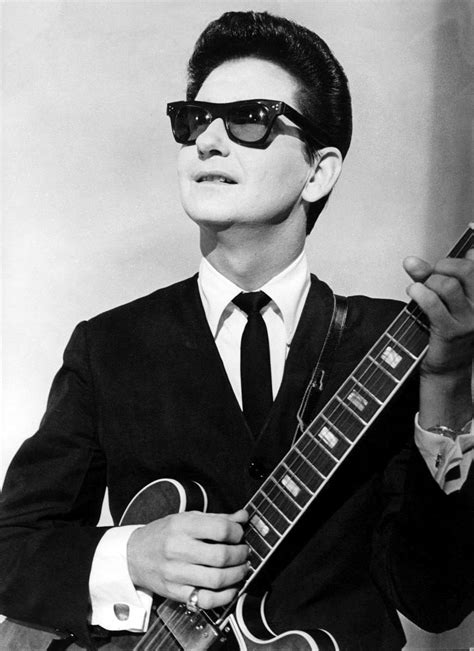
(Randy Lane) I used to try listening to Howard Stern during my ten-minute morning commute, but because of his egregiously long commercial breaks, I rarely heard his voice. Those days are over, but discussions over stop set lengths are not. In fact, they are heating up.
Some FM music stations are reducing spot loads and guaranteeing shorter stop times. The idea is that shorter stops provides a better listening experience, improves advertiser results, and makes terrestrial radio more competitive with audio streaming services and satellite radio.
We are vulnerable to audio competitors like Spotify that only play a fraction of the commercials aired on radio. Run as few commercials as you can while still making a profit.
The Research
Studies show that tune-out occurs most at transitions, particularly from content into commercials. Theoretically, stopping for spots only once or twice per hour maintains more TSL.
The Randy Lane Company strongly advises talent to drop the preamble (calls, time, taglines, weather, etc.) and start with a hook headline to alleviate tune-out when transitioning from music into content.
According to Coleman Insights, longer commercial breaks equal higher audience loss. Listeners begins tuning out around the one-minute mark, and the longer the commercial set, the greater the loss. This point defies the wisdom of two long bowtie stop sets.
The debate is, will two long (5-6 minutes) stop sets maintain more listeners than three shorter (3-4 minutes) stop sets?
Commercial Break Strategies
“The Two-Minute Promise” sounds like a solid idea if your station or company can pull it off and still be profitable. Most stations with this strategy are betting on a more music morning show against a talk-heavy show.
It’s a win from a ratings perspective to stack huge numbers of commercials in the 5 and 6 AM hours where the cume is low (it’s even lower during Covid), and run only one or two short stop sets in the prime 7 and 8 AM hours. This strategy is also used to create commercial-free hours that continue to score exceptionally well in PPM.
However, in respect to advertising results, it’s a loss for clients that get bumped to the long commercial clusters in the 5 and 6 AM hours. It will increase exposure for advertisers that are lucky to run in the short stop sets in the prime hours.
Read more HERE.







